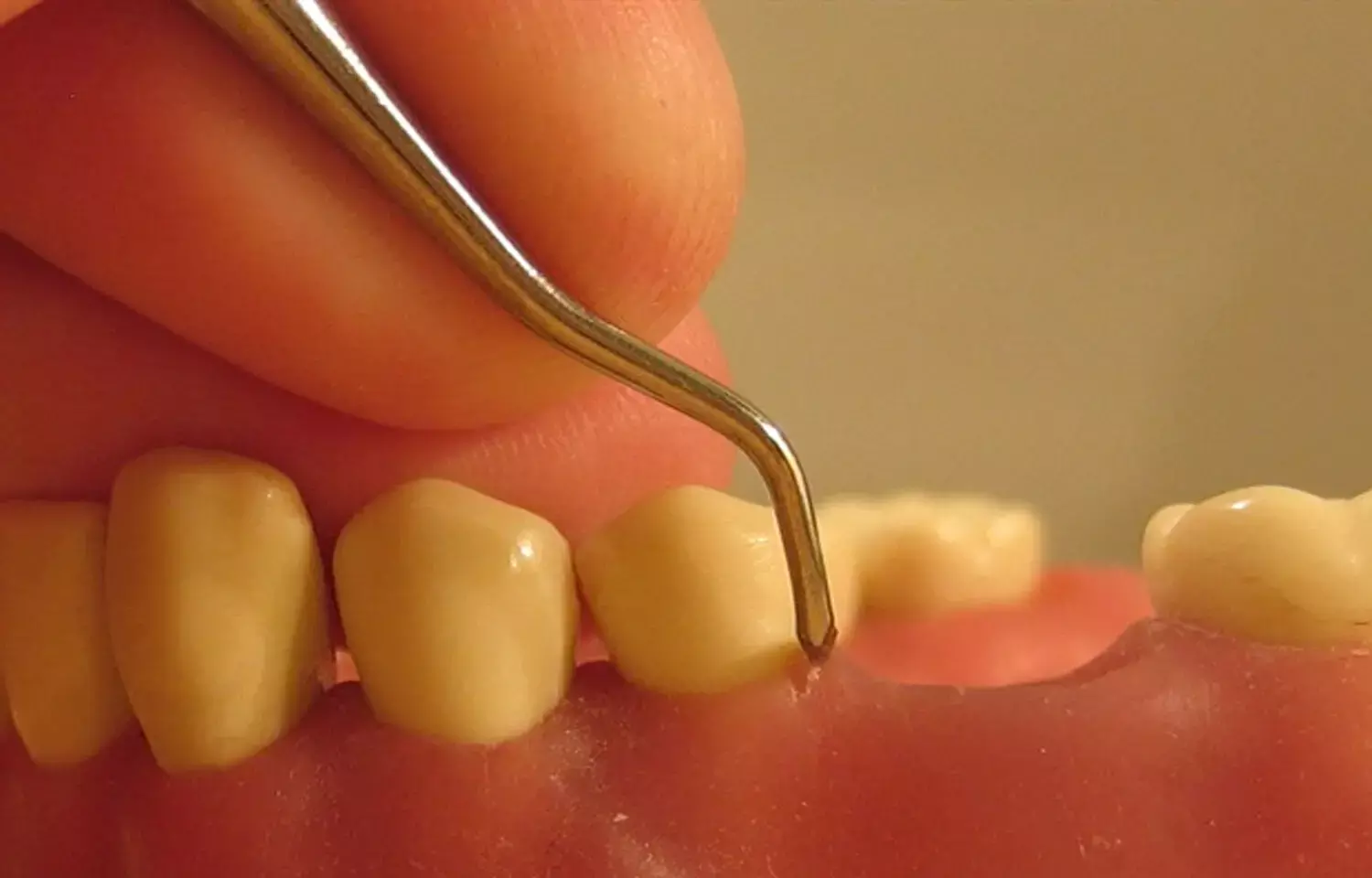- Home
- Medical news & Guidelines
- Anesthesiology
- Cardiology and CTVS
- Critical Care
- Dentistry
- Dermatology
- Diabetes and Endocrinology
- ENT
- Gastroenterology
- Medicine
- Nephrology
- Neurology
- Obstretics-Gynaecology
- Oncology
- Ophthalmology
- Orthopaedics
- Pediatrics-Neonatology
- Psychiatry
- Pulmonology
- Radiology
- Surgery
- Urology
- Laboratory Medicine
- Diet
- Nursing
- Paramedical
- Physiotherapy
- Health news
- Fact Check
- Bone Health Fact Check
- Brain Health Fact Check
- Cancer Related Fact Check
- Child Care Fact Check
- Dental and oral health fact check
- Diabetes and metabolic health fact check
- Diet and Nutrition Fact Check
- Eye and ENT Care Fact Check
- Fitness fact check
- Gut health fact check
- Heart health fact check
- Kidney health fact check
- Medical education fact check
- Men's health fact check
- Respiratory fact check
- Skin and hair care fact check
- Vaccine and Immunization fact check
- Women's health fact check
- AYUSH
- State News
- Andaman and Nicobar Islands
- Andhra Pradesh
- Arunachal Pradesh
- Assam
- Bihar
- Chandigarh
- Chattisgarh
- Dadra and Nagar Haveli
- Daman and Diu
- Delhi
- Goa
- Gujarat
- Haryana
- Himachal Pradesh
- Jammu & Kashmir
- Jharkhand
- Karnataka
- Kerala
- Ladakh
- Lakshadweep
- Madhya Pradesh
- Maharashtra
- Manipur
- Meghalaya
- Mizoram
- Nagaland
- Odisha
- Puducherry
- Punjab
- Rajasthan
- Sikkim
- Tamil Nadu
- Telangana
- Tripura
- Uttar Pradesh
- Uttrakhand
- West Bengal
- Medical Education
- Industry
Periodontal disease tied to risk of heart failure: Study

USA: A study in the Journal of the American College of Cardiology reported that periodontal condition was connected to the development of HF, HFpEF, and HFrEF as well as adverse alterations in CRP and NT-proBNP.
Heart failure (HF) and its subtypes (heart failure with reduced ejection fraction [HFrEF] and heart failure with preserved ejection fraction [HFpEF]) have not been studied in relation to periodontal disease (PD), which results from an inflammatory host response to dysbiotic subgingival bacteria.
"Despite being a physiological defensive response meant to offer protection and encourage healing, inflammation can occasionally have the opposite effect. A person's risk of developing heart failure is increased by the direct effects that inflammatory cytokines have on myocardial cells," the authors wrote.
There is little proof that periodontal therapies prevent atherosclerotic cardiovascular disease or alter its outcomes, the researchers said, even though they lowered systemic inflammation and endothelial dysfunction in short-term studies.
According to the authors' hypothesis, having PD increases the likelihood of developing incident HF, HFpEF, and HFrEF.
The ARIC (Atherosclerosis Risk In Communities) study, included 6,707 participants (mean age 63 6 years) with full-mouth periodontal examination at visit 4 (1996-1998) and longitudinal follow-up for any incident HF (visit 4 to 2018), or incident HFpEF and HFrEF (2005-2018), was used to achieve this goal. According to the Periodontal Profile Classification [PPC], periodontal status was divided into three categories: healthy, PD, and edentulous. The link between PPC levels and incident HF, HFpEF, or HFrEF was estimated using multivariable-adjusted Cox proportional hazards models. Additionally, inflammatory and congested biomarkers like C-reactive protein (CRP) and N-terminal brain natriuretic peptide (NT-proBNP) were evaluated.
Key highlights of the study:
- A total of 1,178 incident HF cases—350 HFpEF, 319 HFrEF, and 509 HF of uncertain type—occurred over a 13-year median period. 18% of these individuals were edentulous, while 59% of them had PD.
- HFpEF was substantially more likely to occur in people with PD (HR: 1.69), and HFrEF was significantly more likely in people with PD (HR: 2.00) and edentulism (HR: 2.19).
- While PD was related only with NT-proBNP, edentulism was associated with negative changes in both CRP and NT-proBNP.
The study's authors stated in their conclusion that given the high incidence of curable periodontal disease and the burden of heart failure in the aging society, population level consequences could be significant if subsequent research reveal causal relationship.
REFERENCE
Rebecca L. Molinsky, Melana Yuzefpolskaya, Faye L. Norby, Bing Yu, Amil M. Shah, James S. Pankow, Chiadi E. Ndumele, Pamela L. Lutsey, Panos N. Papapanou, James D. Beck, Paolo C. Colombo, Ryan T. Demmer, DOI:10.1016/j.jchf.2022.05.008, JACC: Heart Failure ( IF 12.544 ) Pub Date: 2022-07-06
Dr Kamal Kant Kohli-MBBS, DTCD- a chest specialist with more than 30 years of practice and a flair for writing clinical articles, Dr Kamal Kant Kohli joined Medical Dialogues as a Chief Editor of Medical News. Besides writing articles, as an editor, he proofreads and verifies all the medical content published on Medical Dialogues including those coming from journals, studies,medical conferences,guidelines etc. Email: drkohli@medicaldialogues.in. Contact no. 011-43720751


